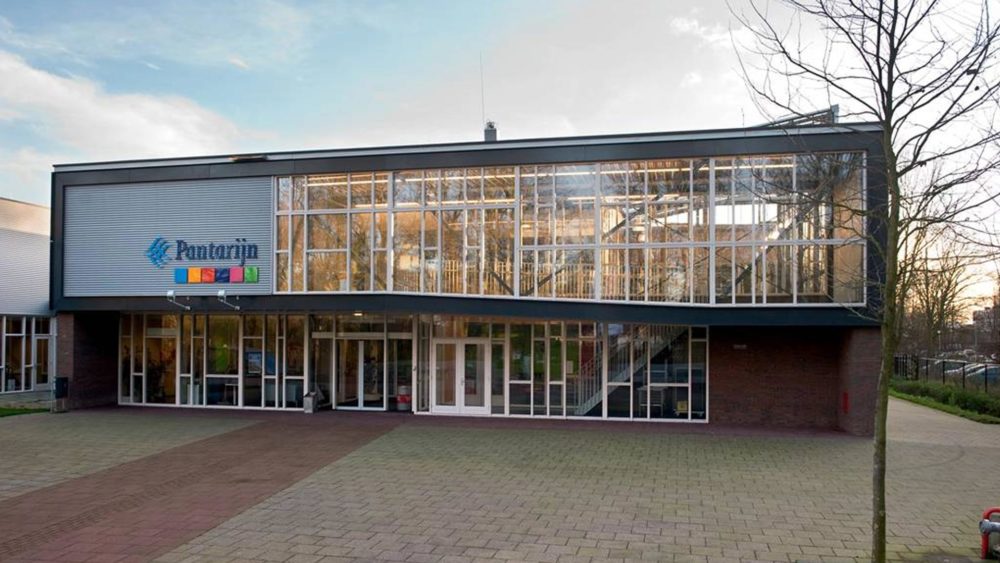Pantarijn: Simulise is for personal development

In addition to preparing students for the final exam, RSG Pantarijn in Wageningen pays ample attention to the three goals of Montessori education: creativity, independence and social awareness. In the Simulise digital portfolio, students show their development in these Montessori goals. Team leader Froukje Boselie: ‘Students fill in the portfolio as they want. We encourage them by making a comparison with a photo album: if you put pictures in your portfolio now, you can later look back on how you developed from the bridge class to the final exam.’
Froukje Boselie is team leader of third grade havo/vwo and 4 vwo. At Pantarijn, they are now using Simulise for the fifth year – this year in grades 1 and 2. A pilot year preceded that. In what ways does Pantarijn deploy Simulise? Froukje tells it in an interview.
Plus document
‘The portfolio forms the basis of the plus document that we want to give students later on when they graduate. With this, we want to make the broad development of students visible,” Froukje says. Students are free in how they complete the portfolio, but actively completing it is encouraged at Pantarijn. During Pantarine Week, for example, students may choose from a variety of workshops and activities offered. Students can then reflect on what they did during the workshop in their portfolio, for example, by completing a reflection assignment posted by the mentor in Simulise.
Regarding portfolio building, Pantarijn mentors are the lynchpin. They ask questions related to “who are you,” “what can you do” and “what do you want.” Froukje: “In the bridge class, students write a letter to their mentor. That is very fun and educational to read back later, so a good example of an assignment they can put in their portfolio. There are also students who show in their portfolio what they do in activities outside of school; for example, they post a picture of the cup they won at a cycling race.’
Pantarijn plans to end each school year with a mini-plus document, showing what students have placed in their portfolios. ‘That way we want to encourage students to fill their portfolios as early as undergrad,’ Froukje said.
Rubrics and LOB
Pantarijn has formulated three subgoals for each Montessori goal – creativity, independence and social awareness – and created matching rubrics for them. Froukje: ‘A student can then attach a rubric to an assignment with which he assesses himself. But he can also ask a classmate or a mentor to do this.’
Next year, Simulise will be used for the first time in third grade, where students receive Career Orientation and Guidance. ‘Then using Simulise is less optional,’ Froukje believes. All students in grade 3 then take the LOB assignments that are in Simulise.
Introducing Simulise
We are all still looking closely at how we give the portfolio a place in our education. The ownership lies with the student, but on the other hand, we want to encourage them to use it. We do this by ensuring that we offer activities for each grade that contribute to broader development and that there is an offer for each child. Because that’s important. We also give each activity a color so you can see which Montessori goal it contributes to,” Froukje says.

